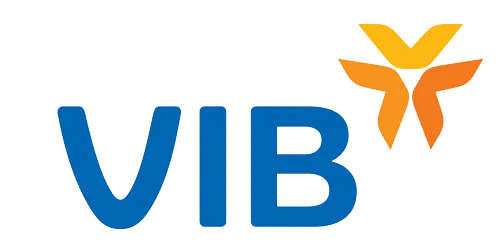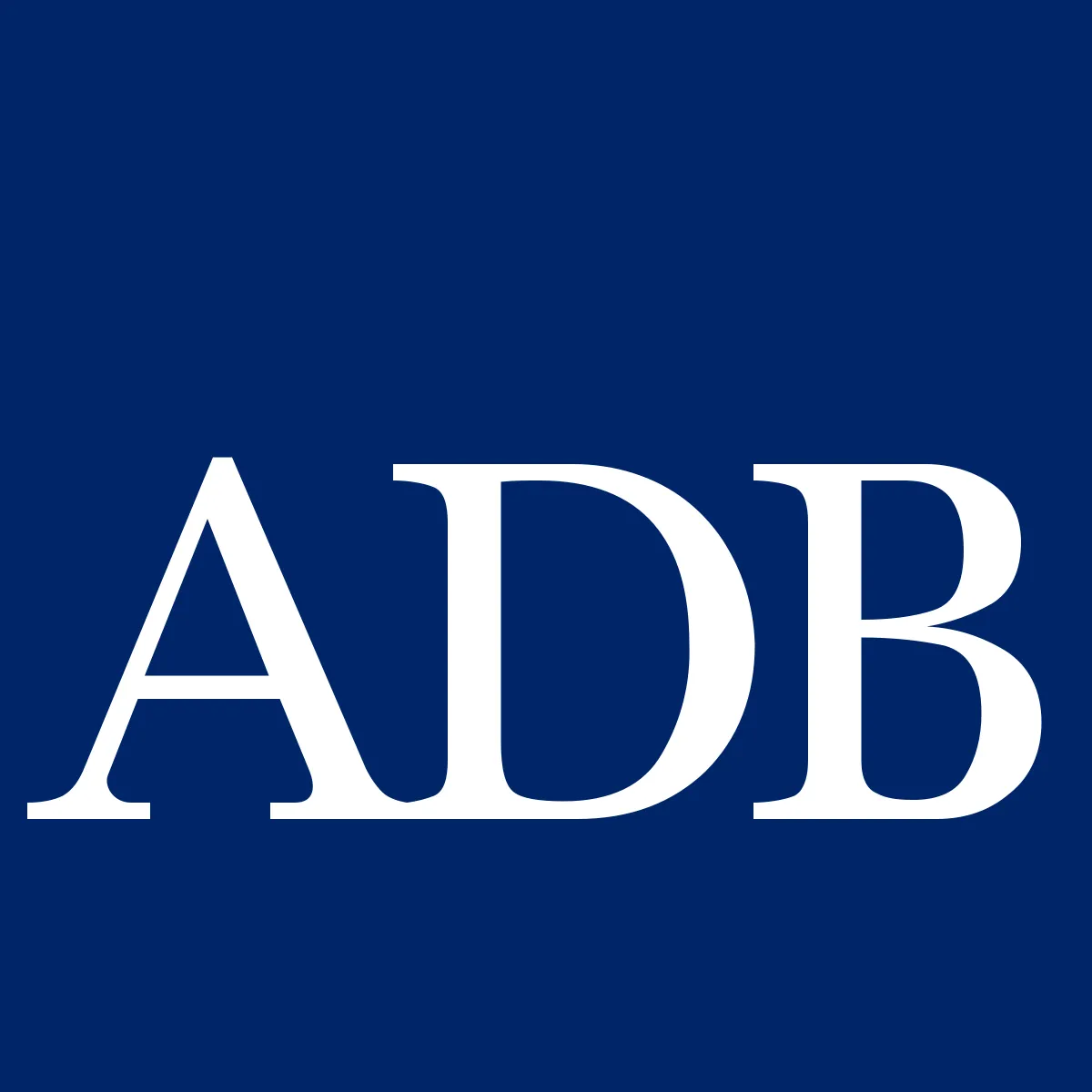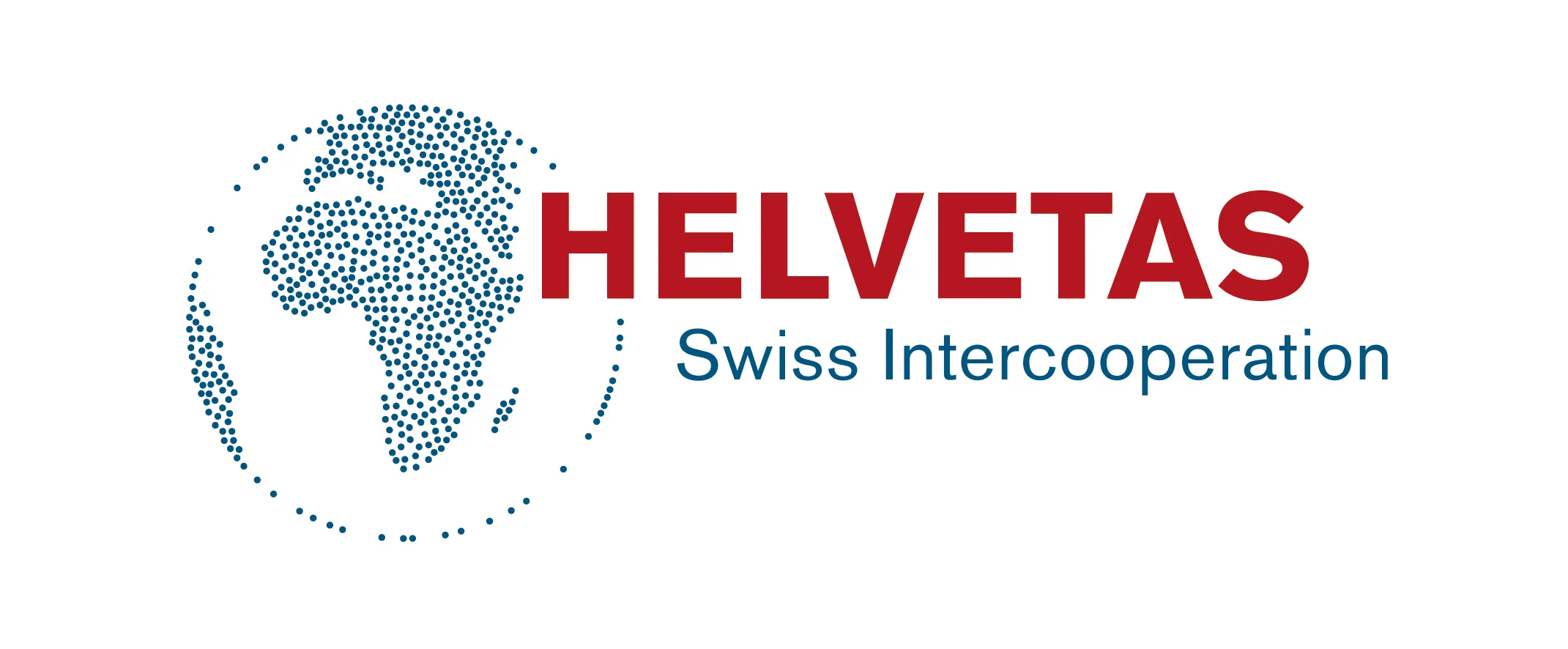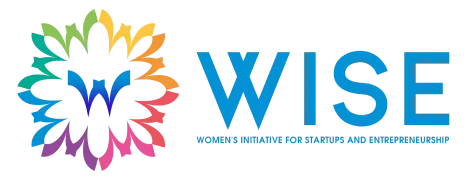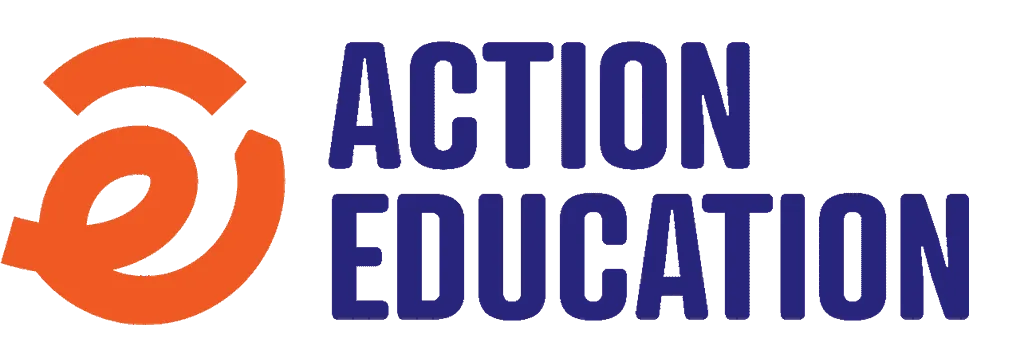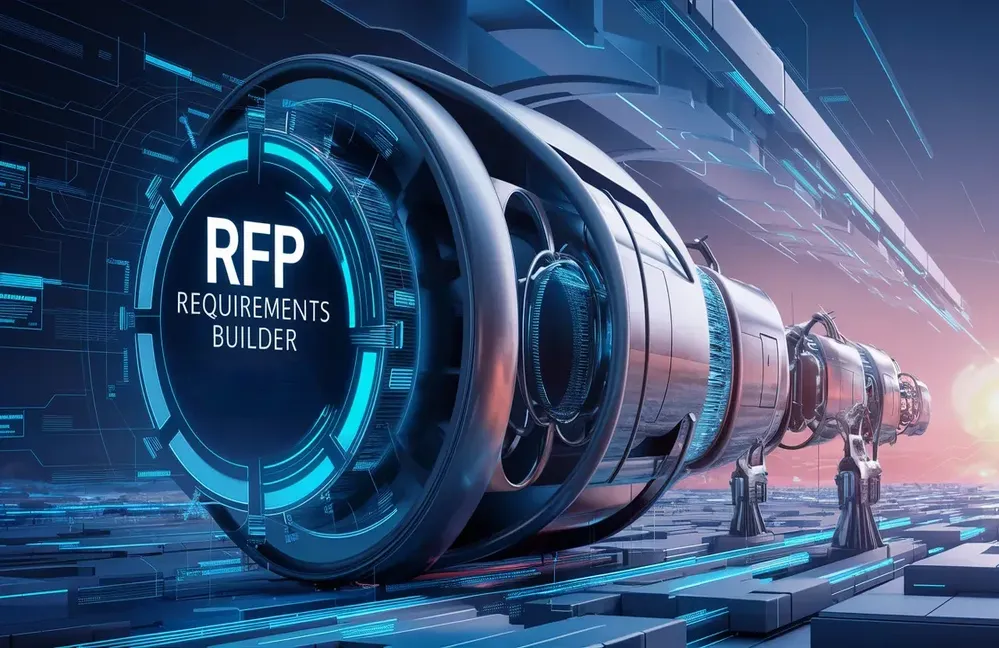
RFP Requirements Builder
WHAT PROBLEMS DOES IT FIX?
Inefficiency in Resource Allocation: Manual RFP creation consumes valuable resources, diverting attention from core business activities.
Time-Consuming Process: Manual RFP creation can take months, delaying procurement and impacting business operations.
Higher Costs: Manual RFP creation incurs higher costs due to labor intensive efforts.
Risk of Errors: Manual RFP creation is prone to errors, which can lead to procurement delays and additional costs.
Lack of Standardization: Manual RFP creation can result in inconsistent requirements, making comparison and evaluation challenging.
Inadequate Requirements: Manual RFP creation may omit essential requirements, leading to unsuitable vendor selection.
Vendor Misalignment: Manual RFP creation can lead to vendor proposals that do not meet business needs.
Procurement Delays: Manual RFP creation can cause delays in procurement, impacting business operations.
Inadequate Risk Management: Manual RFP creation may overlook critical risks, exposing the business to potential threats.
Lack of Transparency: Manual RFP creation can lead to opaque procurement processes, compromising accountability.
Inefficient Evaluation: Manual RFP creation makes it difficult to evaluate vendor proposals objectively.
Biased Decision-Making: Manual RFP creation can lead to biased decision-making, influencing procurement outcomes.
Non-Compliance: Manual RFP creation may not adhere to regulatory requirements, posing legal risks.
Lack of Audit Trail: Manual RFP creation can make it challenging to maintain a transparent audit trail.
Vendor Conflicts: Manual RFP creation can lead to conflicts with vendors, damaging business relationships.
Inadequate Contract Management: Manual RFP creation can result in poor contract management, leading to contractual disputes.
Lack of Performance Metrics: Manual RFP creation makes it difficult to establish clear performance metrics for vendors.
Inadequate Reporting: Manual RFP creation can lead to insufficient reporting, making it challenging to track progress.
Inefficient Change Management: Manual RFP creation makes it difficult to manage changes to requirements or scope.
Lack of Stakeholder Alignment: Manual RFP creation can lead to misalignment among stakeholders, causing project delays.
Inadequate Communication: Manual RFP creation can result in poor communication, causing project misunderstandings.
Lack of Governance: Manual RFP creation can lead to inadequate governance, compromising procurement integrity.
Inadequate Training: Manual RFP creation may not provide adequate training, leading to usability issues.
Lack of Scalability: Manual RFP creation may not be scalable, limiting business growth.
Inadequate Flexibility: Manual RFP creation may not accommodate changing business needs, limiting adaptability.
Lack of Integration: Manual RFP creation may not integrate with existing business systems, causing data silos.
Inadequate Data Analytics: Manual RFP creation may not provide actionable insights, limiting data-driven decision-making.
Lack of Automation: Manual RFP creation requires significant manual effort, reducing productivity.
Inadequate Compliance: Manual RFP creation may not adhere to industry regulations, posing compliance risks.
Lack of Employee Satisfaction: Manual RFP creation can lead to employee frustration, decreasing job satisfaction.
Inadequate Customer Satisfaction: Manual RFP creation can lead to poor customer satisfaction, impacting brand reputation.
Lack of Competitive Advantage: Manual RFP creation can limit a company's competitive advantage in the market.
Inadequate ROI: Manual RFP creation can lead to poor return on investment (ROI) for procurement initiatives.
Lack of Agility: Manual RFP creation can limit a company's ability to adapt to changing market conditions.
Inadequate Innovation: Manual RFP creation can stifle innovation, limiting business growth and competitiveness.
Lack of Sustainability: Manual RFP creation can compromise sustainable procurement practices, harming the environment and social responsibility.
Inadequate Risk Management Framework: Manual RFP creation may not establish a comprehensive risk management framework.
Lack of Procurement Excellence: Manual RFP creation can limit procurement excellence, impacting business performance.
Inadequate Supply Chain Visibility: Manual RFP creation can limit supply chain visibility, compromising procurement insights.
Lack of Strategic Partnerships: Manual RFP creation can limit the development of strategic partnerships with vendors.
RFP Requirements Builder
$20 per user per month
It often takes months for a team to build a careful RFP for procurement. Don't trust it? You're lucky you're not in that situation. Try our RFP Requirements Builder. It will save you time and money. About 90% of the work is done for you.
WHAT PROBLEMS DOES IT FIX?
Inefficiency in Resource Allocation: Manual RFP creation consumes valuable resources, diverting attention from core business activities.
Time-Consuming Process: Manual RFP creation can take months, delaying procurement and impacting business operations.
Higher Costs: Manual RFP creation incurs higher costs due to labor intensive efforts.
Risk of Errors: Manual RFP creation is prone to errors, which can lead to procurement delays and additional costs.
Lack of Standardization: Manual RFP creation can result in inconsistent requirements, making comparison and evaluation challenging.
Inadequate Requirements: Manual RFP creation may omit essential requirements, leading to unsuitable vendor selection.
Vendor Misalignment: Manual RFP creation can lead to vendor proposals that do not meet business needs.
Procurement Delays: Manual RFP creation can cause delays in procurement, impacting business operations.
Inadequate Risk Management: Manual RFP creation may overlook critical risks, exposing the business to potential threats.
Lack of Transparency: Manual RFP creation can lead to opaque procurement processes, compromising accountability.
Inefficient Evaluation: Manual RFP creation makes it difficult to evaluate vendor proposals objectively.
Biased Decision-Making: Manual RFP creation can lead to biased decision-making, influencing procurement outcomes.
Non-Compliance: Manual RFP creation may not adhere to regulatory requirements, posing legal risks.
Lack of Audit Trail: Manual RFP creation can make it challenging to maintain a transparent audit trail.
Vendor Conflicts: Manual RFP creation can lead to conflicts with vendors, damaging business relationships.
Inadequate Contract Management: Manual RFP creation can result in poor contract management, leading to contractual disputes.
Lack of Performance Metrics: Manual RFP creation makes it difficult to establish clear performance metrics for vendors.
Inadequate Reporting: Manual RFP creation can lead to insufficient reporting, making it challenging to track progress.
Inefficient Change Management: Manual RFP creation makes it difficult to manage changes to requirements or scope.
Lack of Stakeholder Alignment: Manual RFP creation can lead to misalignment among stakeholders, causing project delays.
Inadequate Communication: Manual RFP creation can result in poor communication, causing project misunderstandings.
Lack of Governance: Manual RFP creation can lead to inadequate governance, compromising procurement integrity.
Inadequate Training: Manual RFP creation may not provide adequate training, leading to usability issues.
Lack of Scalability: Manual RFP creation may not be scalable, limiting business growth.
Inadequate Flexibility: Manual RFP creation may not accommodate changing business needs, limiting adaptability.
Lack of Integration: Manual RFP creation may not integrate with existing business systems, causing data silos.
Inadequate Data Analytics: Manual RFP creation may not provide actionable insights, limiting data-driven decision-making.
Lack of Automation: Manual RFP creation requires significant manual effort, reducing productivity.
Inadequate Compliance: Manual RFP creation may not adhere to industry regulations, posing compliance risks.
Lack of Employee Satisfaction: Manual RFP creation can lead to employee frustration, decreasing job satisfaction.
Inadequate Customer Satisfaction: Manual RFP creation can lead to poor customer satisfaction, impacting brand reputation.
Lack of Competitive Advantage: Manual RFP creation can limit a company's competitive advantage in the market.
Inadequate ROI: Manual RFP creation can lead to poor return on investment (ROI) for procurement initiatives.
Lack of Agility: Manual RFP creation can limit a company's ability to adapt to changing market conditions.
Inadequate Innovation: Manual RFP creation can stifle innovation, limiting business growth and competitiveness.
Lack of Sustainability: Manual RFP creation can compromise sustainable procurement practices, harming the environment and social responsibility.
Inadequate Risk Management Framework: Manual RFP creation may not establish a comprehensive risk management framework.
Lack of Procurement Excellence: Manual RFP creation can limit procurement excellence, impacting business performance.
Inadequate Supply Chain Visibility: Manual RFP creation can limit supply chain visibility, compromising procurement insights.
Lack of Strategic Partnerships: Manual RFP creation can limit the development of strategic partnerships with vendors.
KEY BENEFITS
Saves Time: RFP Requirements Builder automates the process, saving you months of work
Cost-Effective: Reduces the cost of building an RFP from scratch, saving you money
90% of Work Done: Most of the work is already done, leaving you with minimal effort required
Easy to Use: User-friendly interface makes it easy to create an RFP, even for non-experts
Accurate Requirements: Ensures that all necessary requirements are included, eliminating errors and omissions
Consistency Guaranteed: Standardized format ensures consistency throughout the RFP
Collaboration Made Easy: Facilitates teamwork and collaboration among stakeholders
Customizable: Easily tailor the RFP to your organization's specific needs
Faster Decision Making: Get to the contracting phase faster, enabling quicker decision making
Improved Procurement: Enhances the overall procurement process, ensuring better outcomes
KEY FEATURES
Time-Saving: Saves months of time in building a careful RFP for procurement
Cost-Effective: Reduces costs associated with manual RFP building
Pre-Built Templates: 90% of the work is done for you, with pre-built templates to get you started
Easy to Use: Intuitive interface makes it easy to create an RFP, even for non-experts
Comprehensive Output: Output includes all necessary details for a complete RFP
JSON Format: Output is strictly in JSON format for easy integration
Two-Field Structure: Each point has two fields: name and description, for clear and concise information
Context-Rich Points: Each point has enough context to understand the requirements
Customizable: Ability to customize the RFP to fit your organization's specific needs
Fast Tracking: Get your RFP ready quickly, without sacrificing quality or completeness
WHO USES THE PRODUCT
Procurement Manager: Needs to quickly create RFPs for multiple vendors to compare pricing and services for a large-scale IT project
Government Agency: Must create accurate and comprehensive RFPs to comply with strict government procurement regulations and reduce the risk of project delays
Marketing Agency: Wants to streamline the RFP process to focus on high-value creative work and deliver innovative campaigns to clients
IT Director: Needs to rapidly create RFPs for infrastructure upgrades and migrations to minimize downtime and ensure business continuity
Supply Chain Manager: Seeks to automate the RFP process to quickly identify the best suppliers for goods and services, reducing costs and improving quality
Financial Institution: Requires a secure and compliant RFP process to maintain regulatory requirements and protect sensitive financial data
Construction Firm: Needs to efficiently create RFPs for complex construction projects, ensuring accurate bids and reducing project timelines
Healthcare Organization: Must create RFPs that meet strict healthcare regulations, ensuring patient data security and compliance
Logistics Company: Wants to optimize the RFP process to quickly identify the best logistics providers, reducing transportation costs and improving delivery times
Manufacturing Company: Needs to rapidly create RFPs for sourcing raw materials and equipment, ensuring timely production and supply chain efficiency
